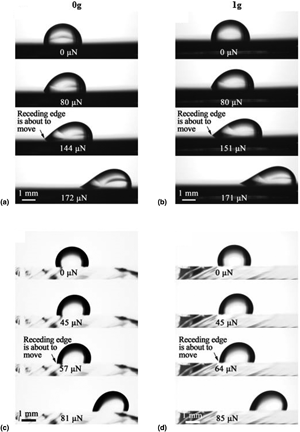Crossref Citations
This article has been cited by the following publications. This list is generated based on data provided by Crossref.
Yu, Shijia
Hu, Yong
Liu, Xin
Li, Dongxing
He, Liping
Wang, Jun
and
Cai, Zhenbing
2022.
Effect of Impact Block Shape and Material on Impact Wear Behavior of Zr-4 Alloy Cladding Tube.
Metals,
Vol. 12,
Issue. 10,
p.
1561.
Testa, Andrea
Spanke, Hendrik T.
Jambon-Puillet, Etienne
Yasir, Mohammad
Feng, Yanxia
Küffner, Andreas M.
Arosio, Paolo
Dufresne, Eric R.
Style, Robert W.
and
Rebane, Aleksander A.
2023.
Surface Passivation Method for the Super-repellence of Aqueous Macromolecular Condensates.
Langmuir,
Vol. 39,
Issue. 41,
p.
14626.



